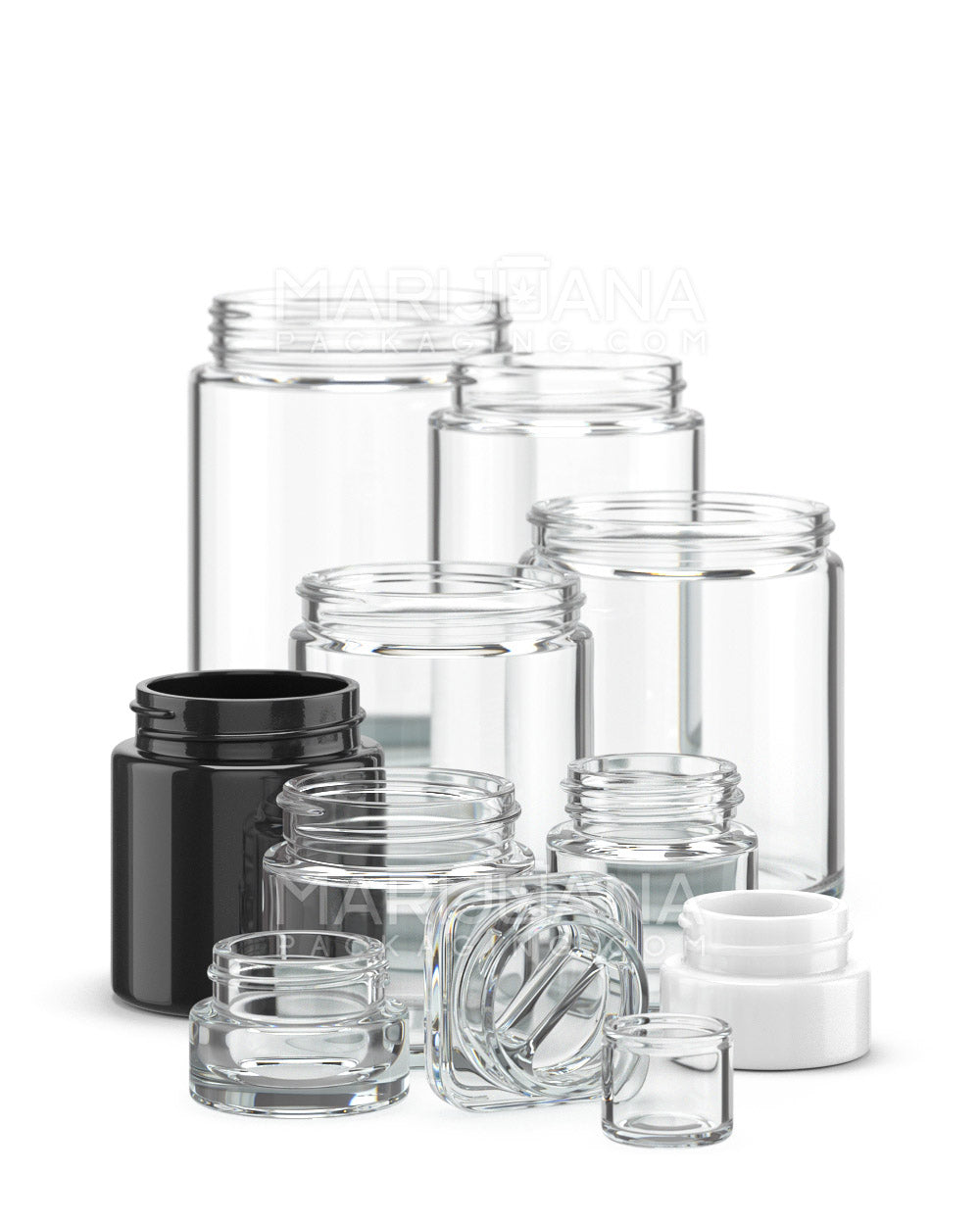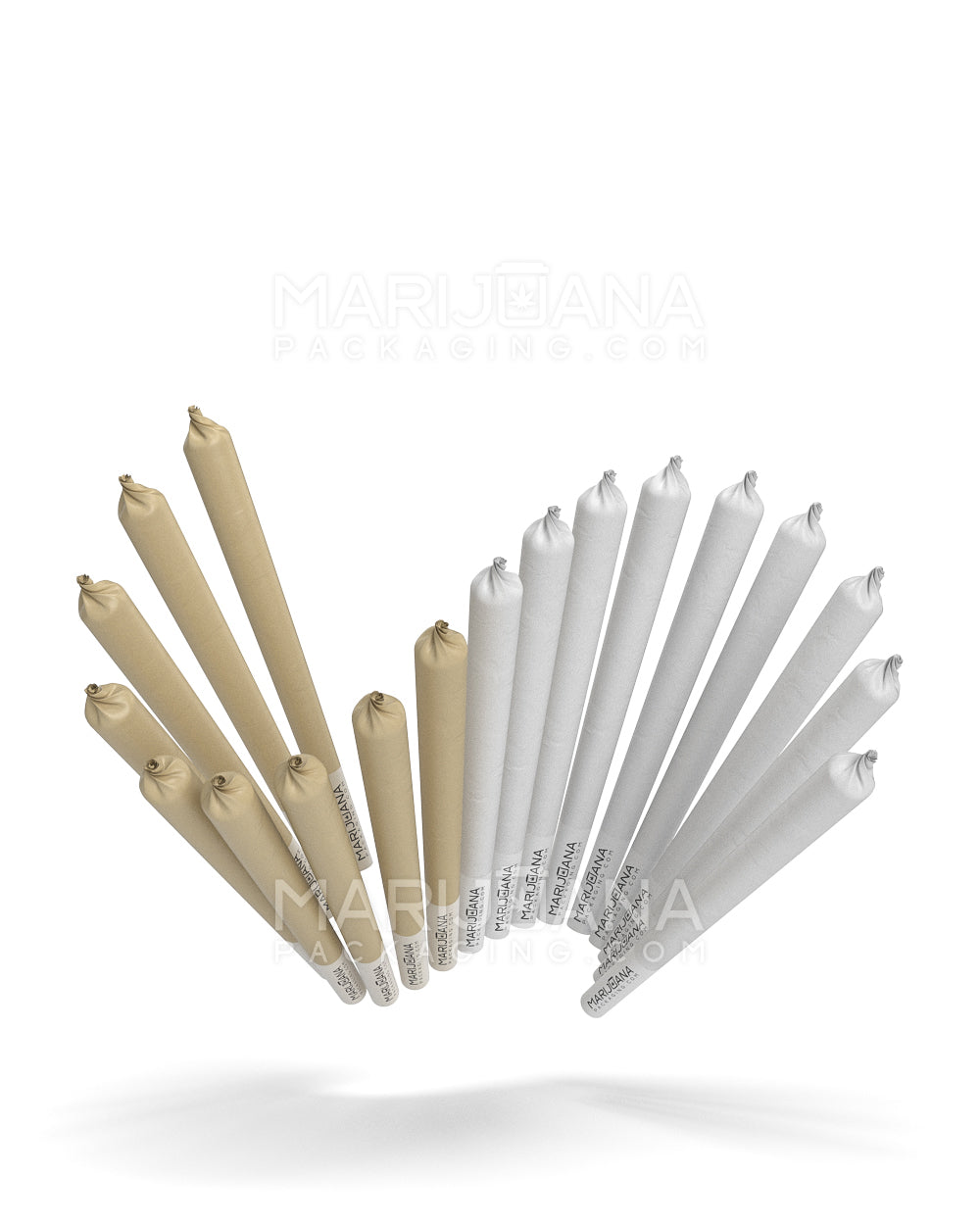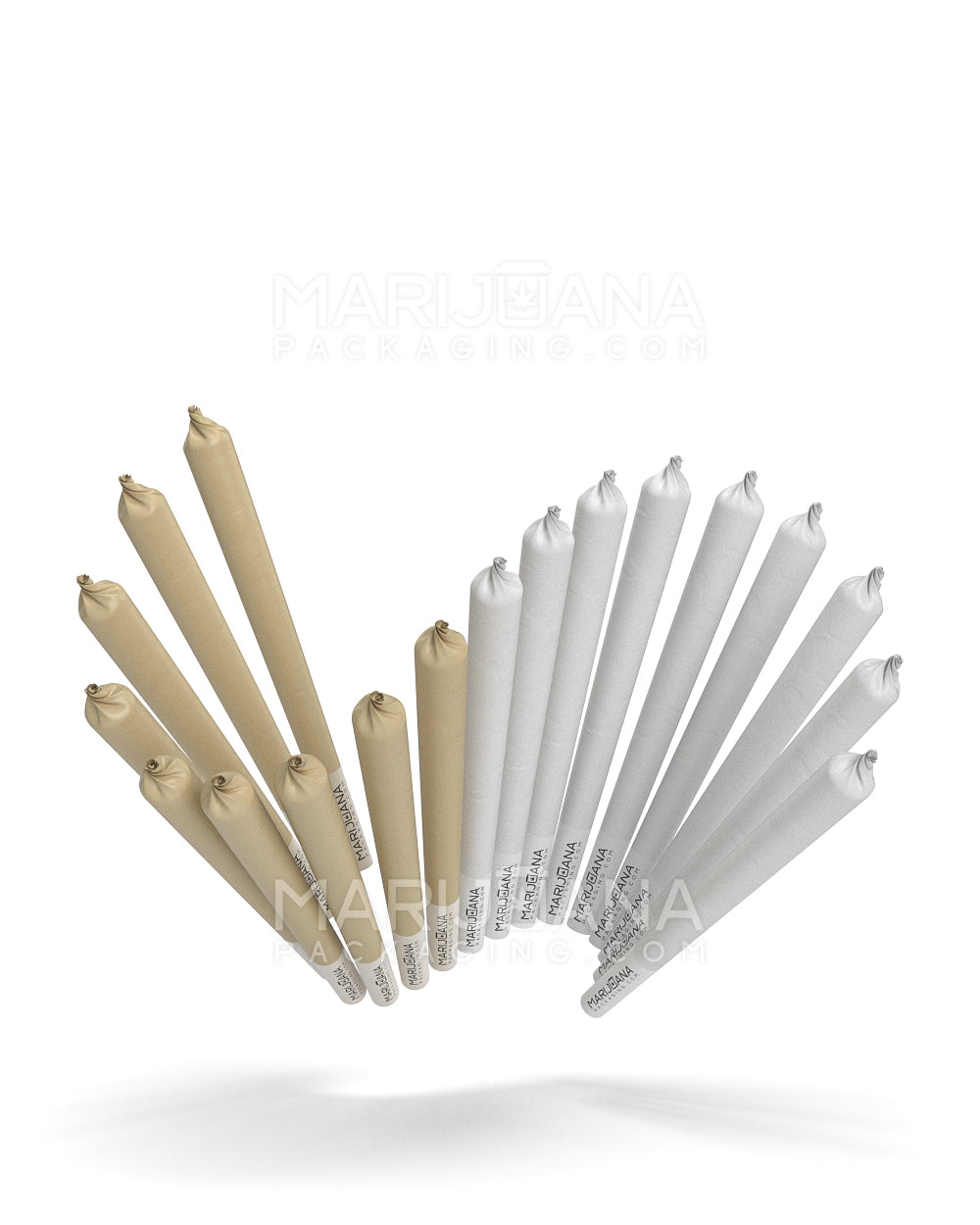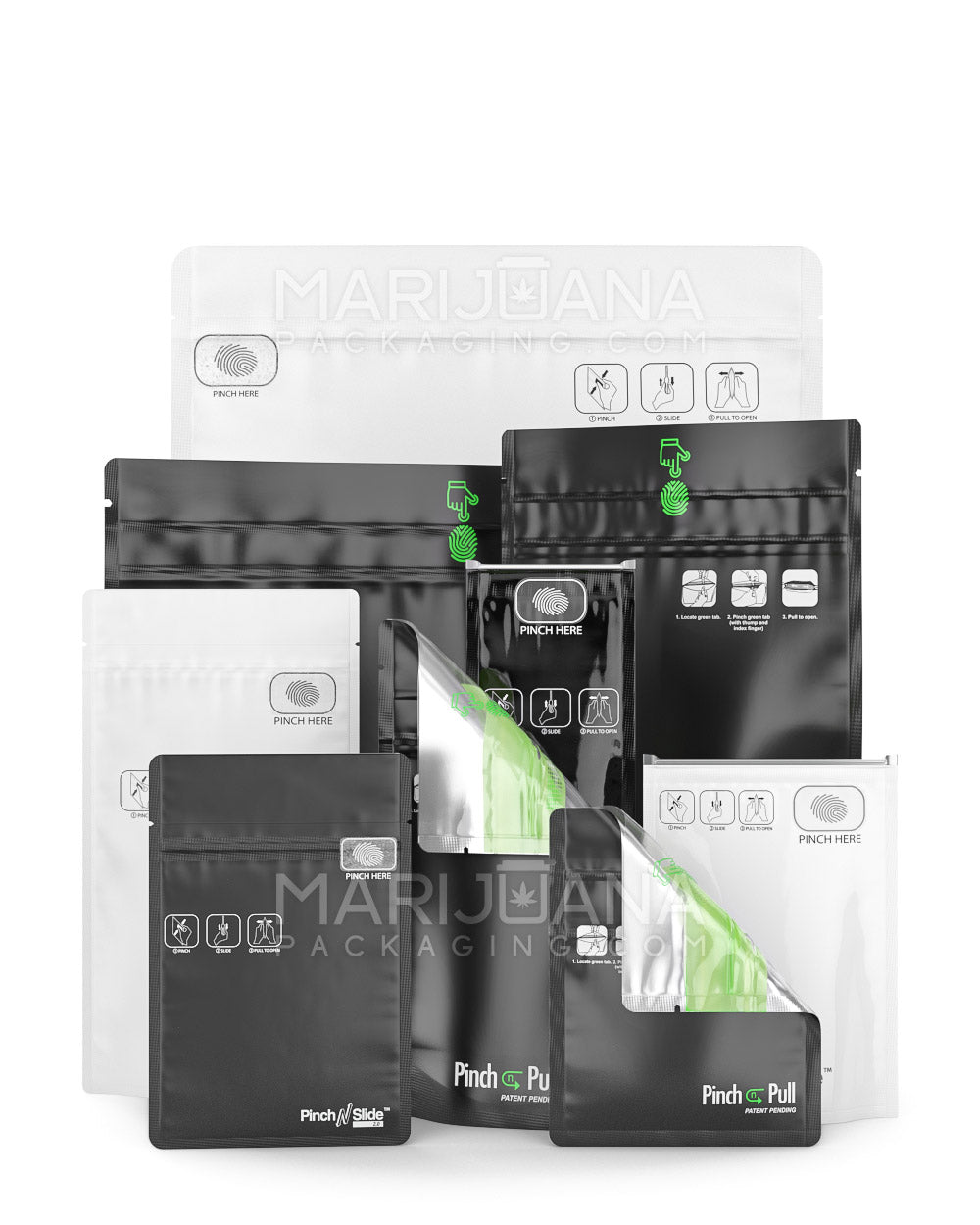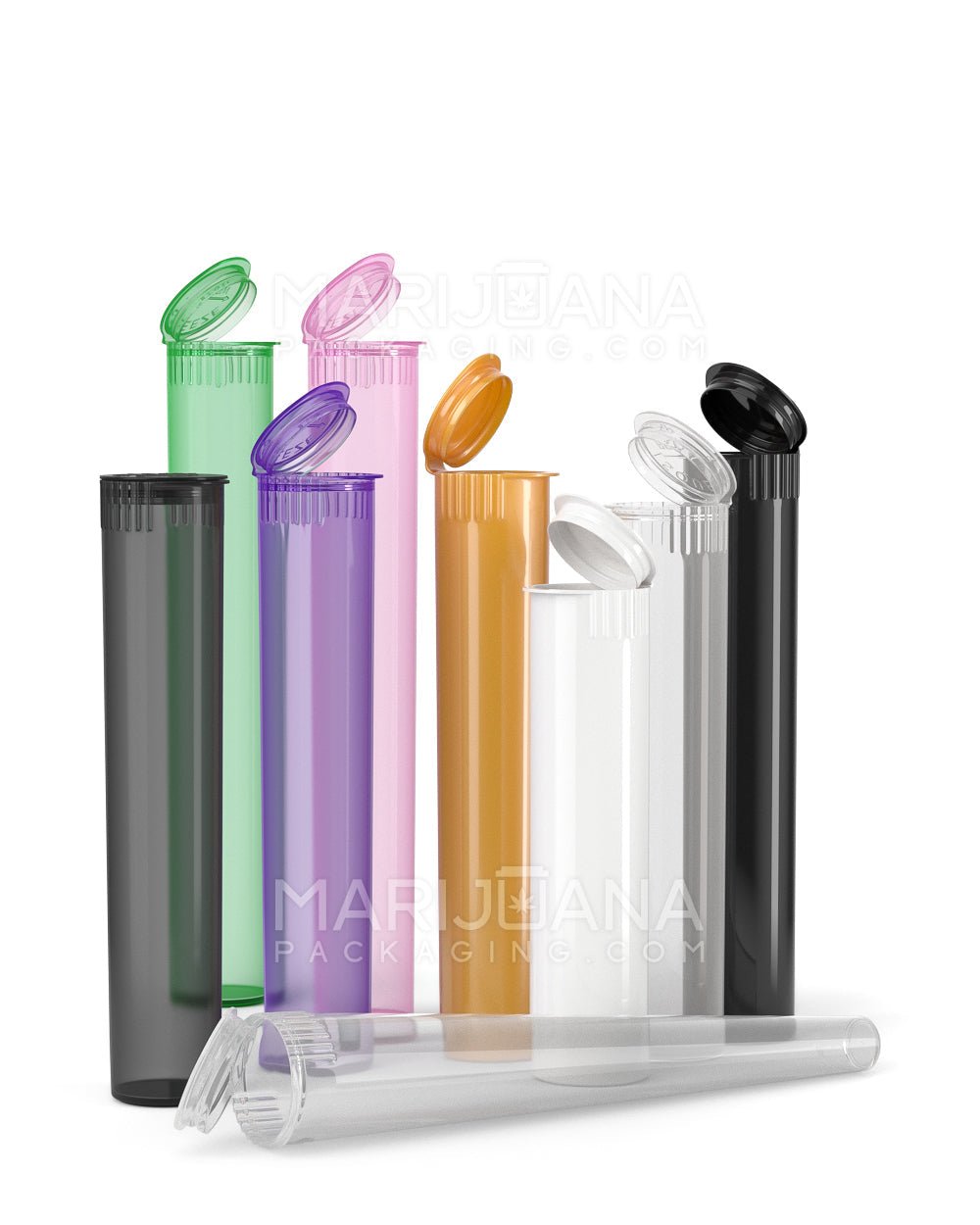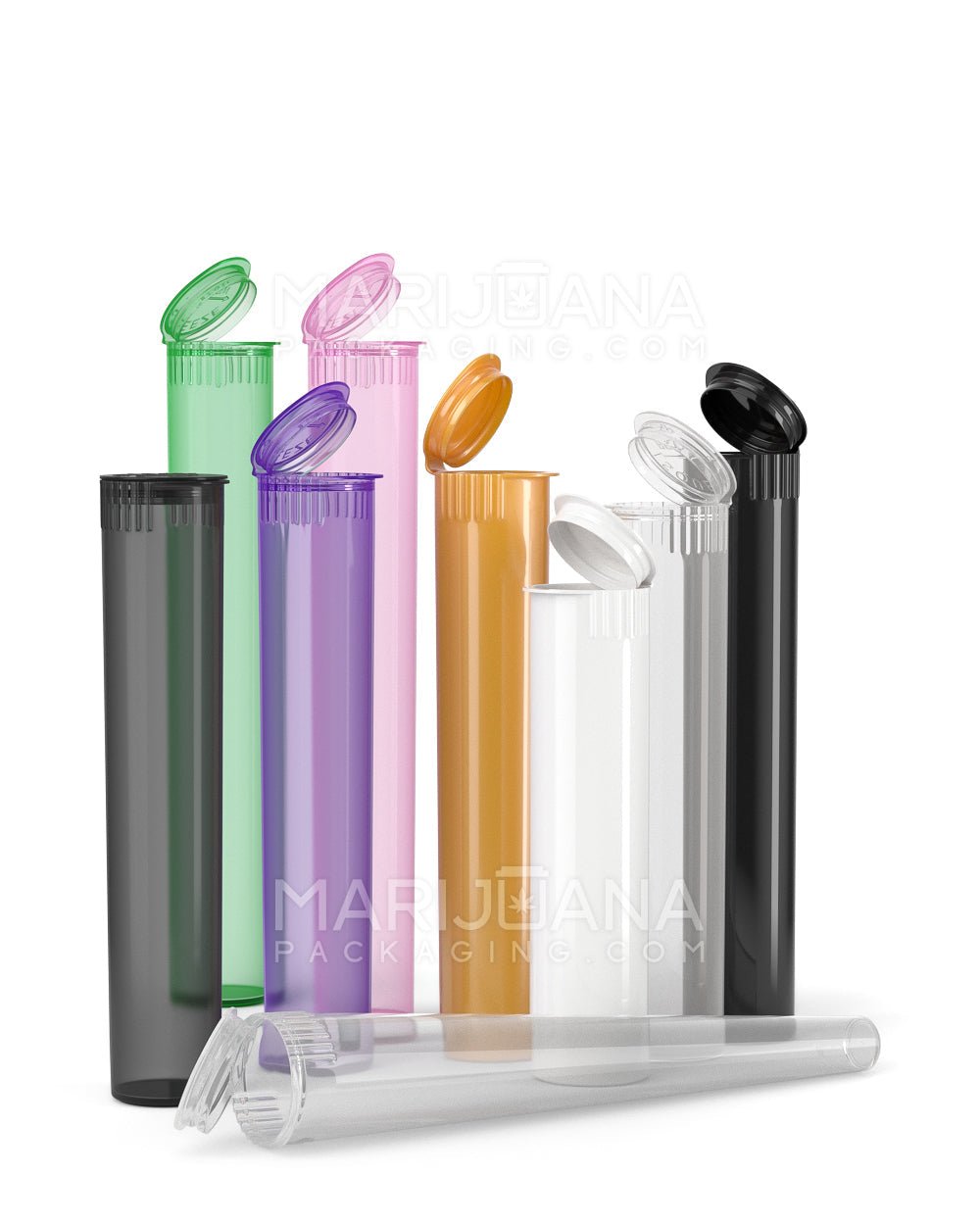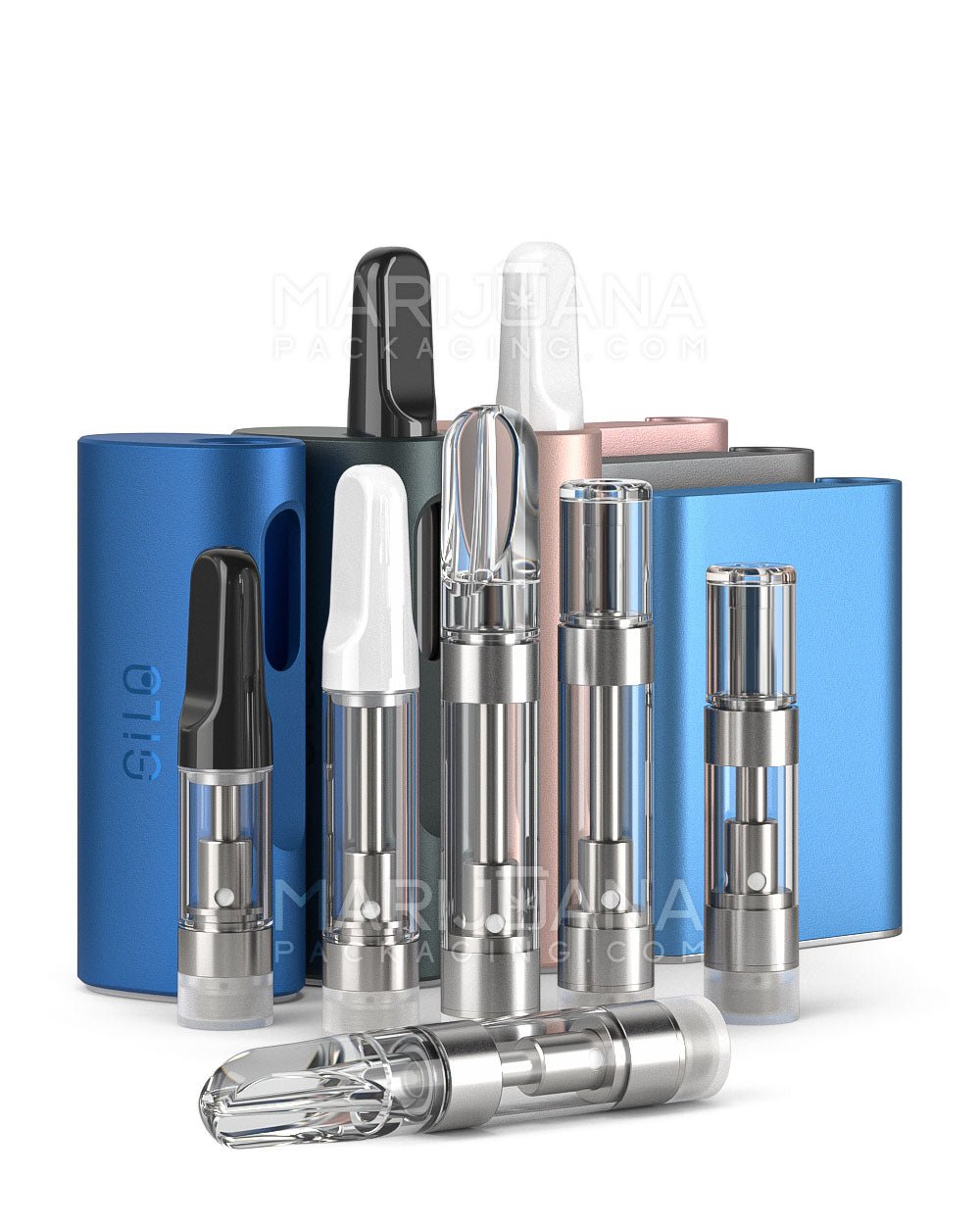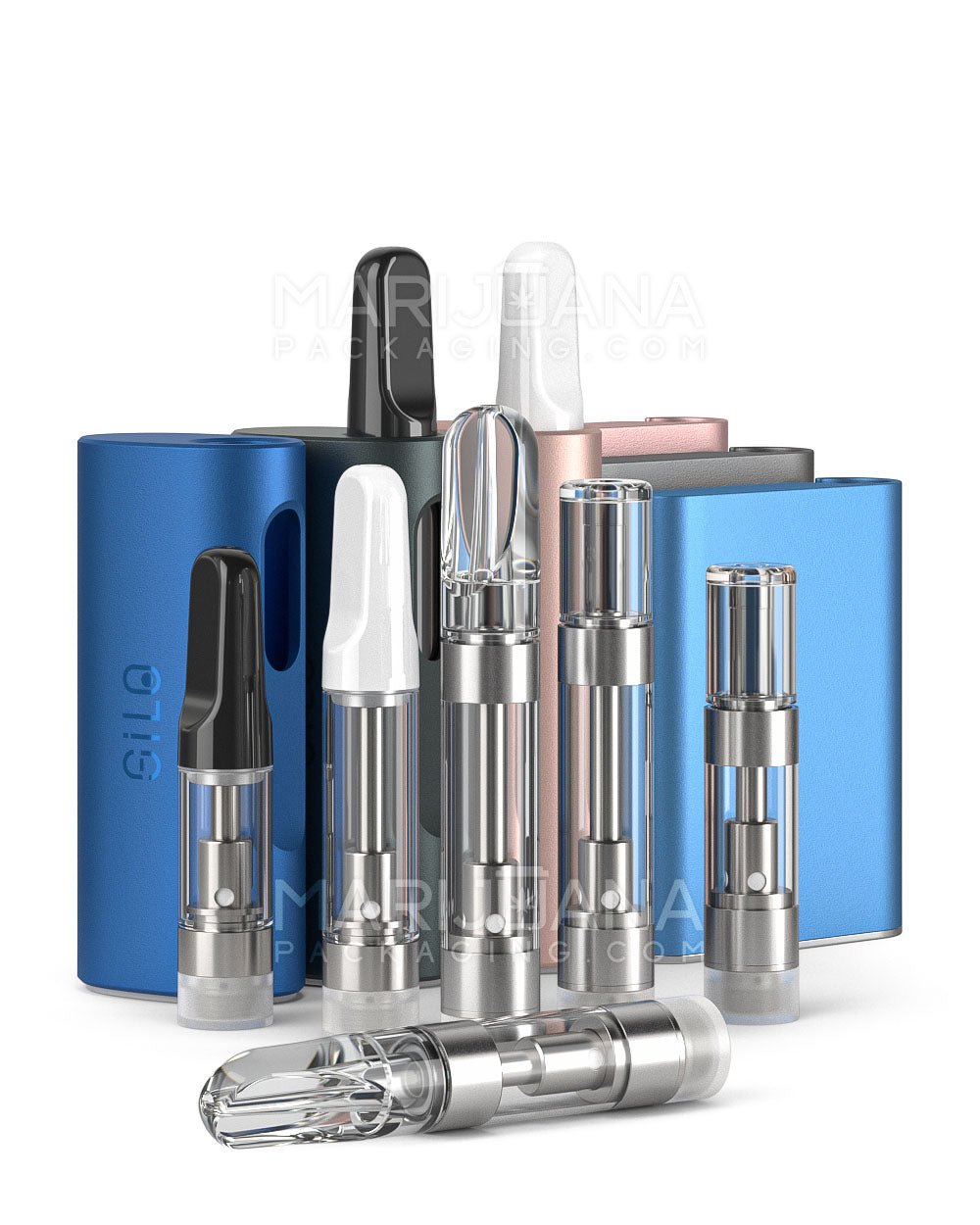There's something magical about transforming everyday ingredients into something extraordinary, and marijuana butter is no exception. If you've ever wondered how to make this infusion at home, you've come to the right place. This guide will walk you through the process, step by step, ensuring you end up with a smooth, potent butter that's perfect for all your culinary cannabis creations.
We'll cover everything you need to know, from selecting the right strain to the final steps of cooking. Whether you're a curious beginner or a seasoned enthusiast, there's always something new to learn about this versatile kitchen staple. Let's get started!
Choosing the Right Strain
Before embarking on your marijuana butter journey, it's important to understand that not all strains are created equal. Choosing the right one can make a significant difference in the flavor, potency, and overall experience of your butter. So, how do you decide which strain to use?
First, consider the purpose of your butter. If you're looking for a more relaxing effect, an indica-dominant strain might be your best bet. These strains are typically known for their calming properties. On the other hand, if you're hoping for something more energizing, a sativa-dominant strain might be more suitable.
Flavor is another factor to consider. Some strains have earthy, piney notes, while others might be citrusy or sweet. Think about what flavors will complement the dishes you plan to make with your butter. Here's a quick guide:
- Indica strains: Known for a more relaxing effect, great for evening use.
- Sativa strains: Tend to be more energizing, often used during the day.
- Hybrid strains: Offer a balance of effects, depending on the specific blend.
Once you've decided on the strain, it's time to move on to the next step: decarboxylation.
The Importance of Decarboxylation
Decarboxylation might sound like a complex scientific term, but it's a simple process that's crucial for making effective marijuana butter. Essentially, decarboxylation is a chemical reaction that activates the cannabinoids in cannabis, transforming THCA into THC—the compound responsible for the plant's psychoactive effects.
Without this step, your butter won't have the desired potency. Here's how you can decarboxylate your cannabis at home:
- Preheat your oven: Set it to 240°F (115°C).
- Prepare your cannabis: Break it into small, even pieces. You don't need to grind it finely; just ensure it's in manageable chunks.
- Spread on a baking sheet: Place the cannabis evenly on a baking sheet lined with parchment paper.
- Bake: Place the sheet in the oven and bake for about 30-40 minutes. Stir occasionally to ensure even heating.
- Cool: Once done, let the cannabis cool completely before moving to the next step.
Now that your cannabis is decarboxylated, it's ready to be infused into butter.
Gathering Your Ingredients and Equipment
Before you start making marijuana butter, gather all the necessary ingredients and equipment. Having everything ready will make the process smoother and more enjoyable. Here's what you'll need:
- Decarboxylated cannabis: The amount can vary based on your desired potency, but a common starting point is one ounce of cannabis per pound of butter.
- Unsalted butter: Unsalted is preferred to better control the flavor of your final product.
- Water: This helps regulate the temperature and prevents the butter from burning.
- Equipment: You'll need a saucepan, a strainer or cheesecloth, a bowl, and a spoon for stirring.
With everything in hand, you're ready to move on to the cooking process.
Infusing Cannabis with Butter
Infusing cannabis with butter is where the magic happens. This process extracts the cannabinoids from the plant and binds them to the fat in the butter, creating a potent base for your culinary adventures. Here's how to do it:
- Combine ingredients: In a saucepan, combine the butter and water. Use a low to medium heat to melt the butter without burning it.
- Add cannabis: Once the butter is melted, add your decarboxylated cannabis. Stir gently to ensure it's evenly distributed.
- Simmer: Maintain a low simmer for about 2-3 hours. Stir occasionally and make sure the mixture never comes to a full boil.
- Strain: After simmering, strain the mixture through a cheesecloth or fine strainer into a bowl. This removes the plant material, leaving only the infused butter.
- Cool and separate: Let the mixture cool, then refrigerate it. The butter will solidify and separate from the water. Once solid, you can remove the butter and discard the water.
Congratulations! You've successfully made marijuana butter. But we're not done yet—let's talk about storing and using your creation.
Storing Your Marijuana Butter
Proper storage is key to maintaining the potency and flavor of your marijuana butter. Like any other perishable item, it needs to be stored correctly to ensure it lasts as long as possible. Here are some tips:
- Refrigeration: Store your butter in an airtight container and keep it in the fridge. This will help preserve its freshness and potency.
- Freezing: For longer storage, consider freezing your butter. Portion it into manageable sizes before freezing, so you can use just what you need without thawing the entire batch.
- Labeling: Always label your infused butter clearly. Include the strain used and the date it was made to keep track of its potency and freshness.
With proper storage, your marijuana butter can last for several months. Now, let's explore some ways to use it.
Cooking with Marijuana Butter
Now that you have a batch of homemade marijuana butter, the culinary possibilities are endless! This infused ingredient can elevate many dishes, adding both flavor and a unique experience. Here are some ideas to get you started:
- Baking: Marijuana butter is perfect for baked goods like cookies, brownies, or cakes. Just substitute regular butter in your favorite recipes.
- Savory dishes: Use it to sauté vegetables, toss it with pasta, or spread it on toast for a delicious twist.
- Condiments: Make a compound butter by mixing it with herbs and spices, then use it as a topping for steaks or grilled vegetables.
Remember to start with small amounts, especially if you're new to cooking with cannabis. It can take some time to feel the effects, so be patient and enjoy your culinary creations responsibly.
Understanding Potency and Dosage
When cooking with marijuana butter, it's important to understand potency and dosage. This will help ensure you have a pleasant experience without overdoing it. Here are some things to keep in mind:
- Potency varies: The potency of your butter depends on the strain used and how much cannabis you added. It's always good to start with a small amount and adjust based on your experience.
- Calculate dosage: If possible, calculate the approximate dosage of THC per serving. There are online calculators that can help with this, but keep in mind that results can vary.
- Start low, go slow: This is the golden rule for consuming edibles. Begin with a small amount and wait at least an hour to see how you feel before having more.
By being mindful of potency and dosage, you can enjoy your marijuana butter safely and effectively.
Legal Considerations
It's essential to be aware of the legal landscape surrounding marijuana in your area before making your own marijuana butter. While cannabis is legal for recreational use in many states, the laws can vary significantly.
- Know your state's laws: Make sure to understand the legal status of cannabis in your state. This includes knowing the limits on possession and home cultivation.
- Federal law: Remember that cannabis is still illegal under federal law, even though many states have legalized it.
- Consumption rules: Be aware of where you can legally consume cannabis. Public consumption is often prohibited.
Staying informed about the legal aspects of cannabis ensures you can enjoy your marijuana butter responsibly.
Common Mistakes to Avoid
Even with the best intentions, it's easy to make mistakes when making marijuana butter. Here are some common pitfalls to watch out for:
- Skipping decarboxylation: This step is crucial for activating the THC in your cannabis. Don't skip it!
- Overheating: High temperatures can degrade THC. Keep your mixture at a low simmer to preserve potency.
- Inconsistent stirring: Make sure to stir the mixture occasionally to ensure even distribution of cannabinoids.
By avoiding these mistakes, you'll be on your way to making high-quality marijuana butter every time.
Final Thoughts
Making marijuana butter is a rewarding process that opens up a world of culinary possibilities. With the right strain, careful decarboxylation, and mindful cooking techniques, you can create a delicious and effective infusion that complements a wide range of dishes.
If you're looking to package and share your creations, Gamut's full spectrum packaging solutions can help make your products stand out. From jars to bags and everything in between, Gamut has the expertise to ensure your brand is as memorable as your marijuana butter. Whether you need stock options or custom designs, Gamut runs the gamut to meet your needs.











